Two hundred and fifty years ago, at the time of Wordsworth's birth, the English Lake District was at the dawn of becoming a popular tourist destination. Wordsworth’s own Guide to the Lakes, the first version of which introduced Joseph Wilkinson’s Select Views of Cumberland, Westmoreland, and Lancashire (1810), helped advance the tourism trend. It became so popular that William expanded upon it in his 1822, 1823, and 1835 editions of the Guide, published separately including maps and information for tourists. (See the 1823 edition below.) As Wordsworth’s works became increasingly respected, the poet’s homes and haunts became attractions that increased the Lake District's appeal to tourists. In fact, many of these sites still draw fans of Wordsworth from across the globe. In addition to Dove Cottage, Rydal Mount, and other Wordsworth homes, sites like the Rock of Names (now relocated and on display in the Dove Cottage garden), Gowbarrow Park on Ullswater (where Wordsworth and his sister Dorothy saw the daffodils), and Scafell Pike (England’s highest mountain, memorably described in the Guide to the Lakes) continue to excite the imagination of Wordsworth lovers.
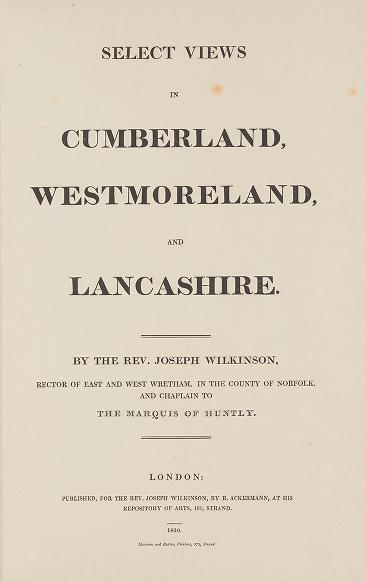
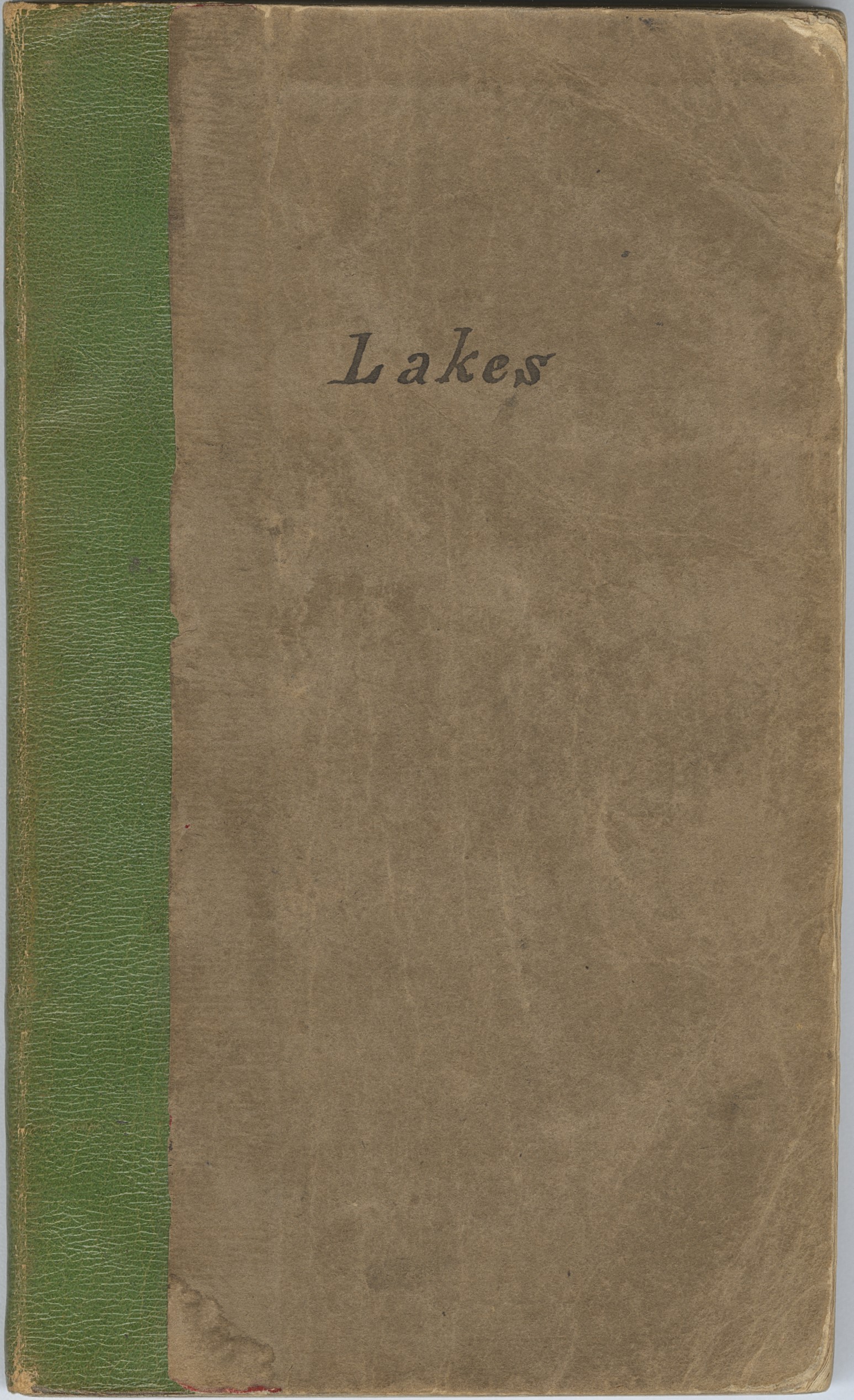
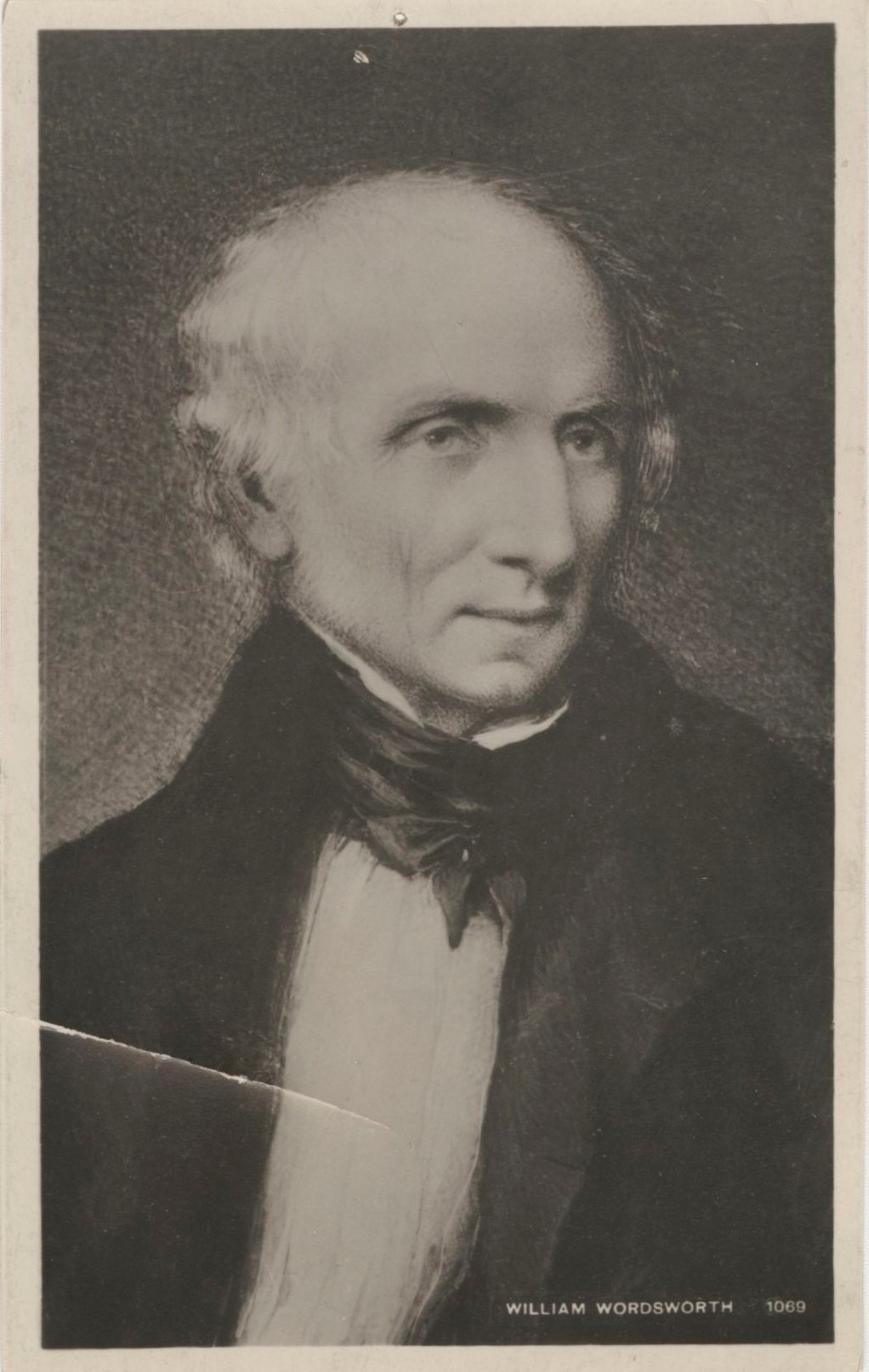
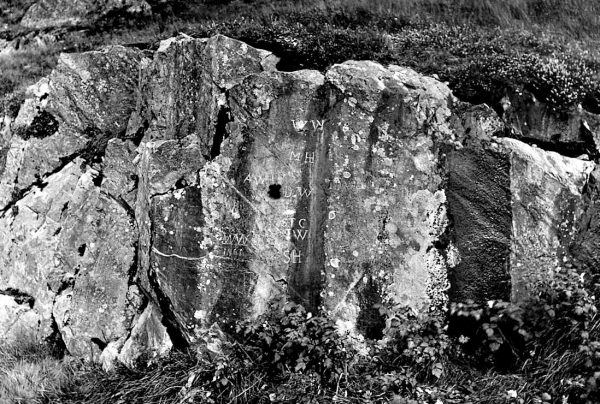
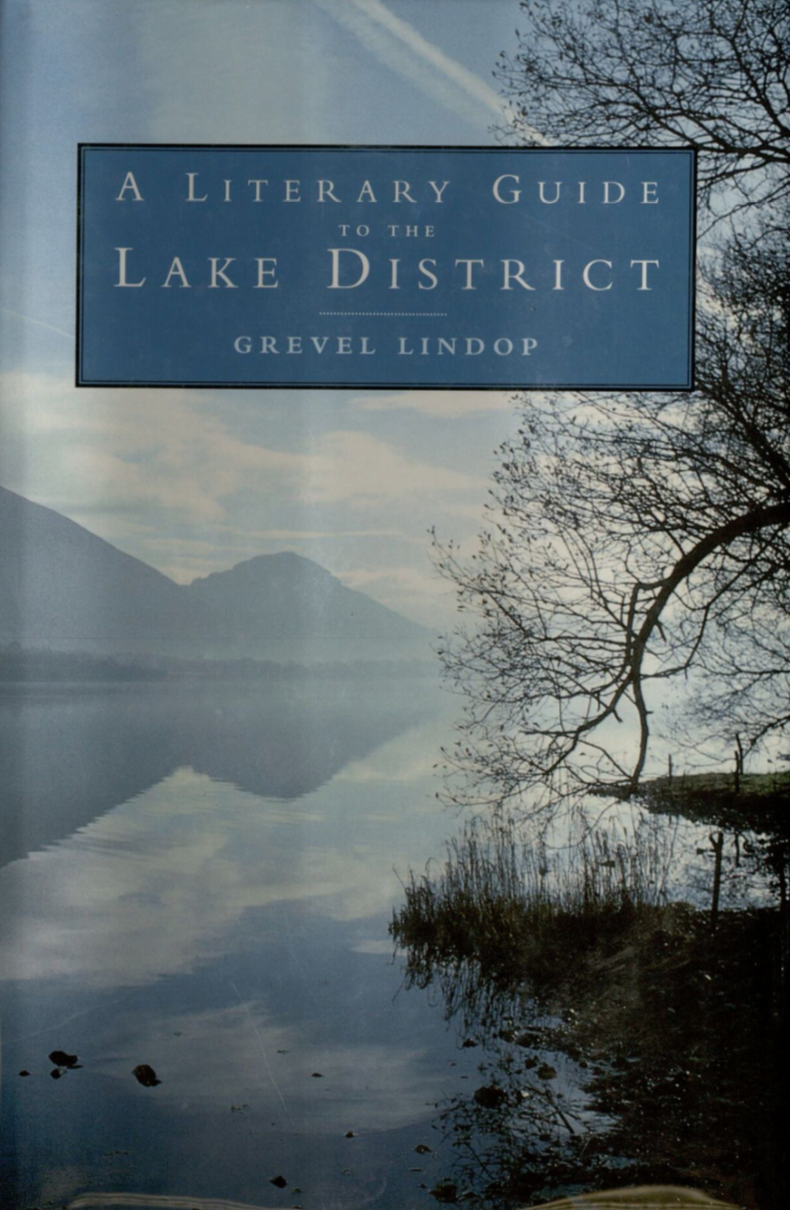
This display case assembled by Chelsey Clay, Erika Free, and Kristina Isaak.